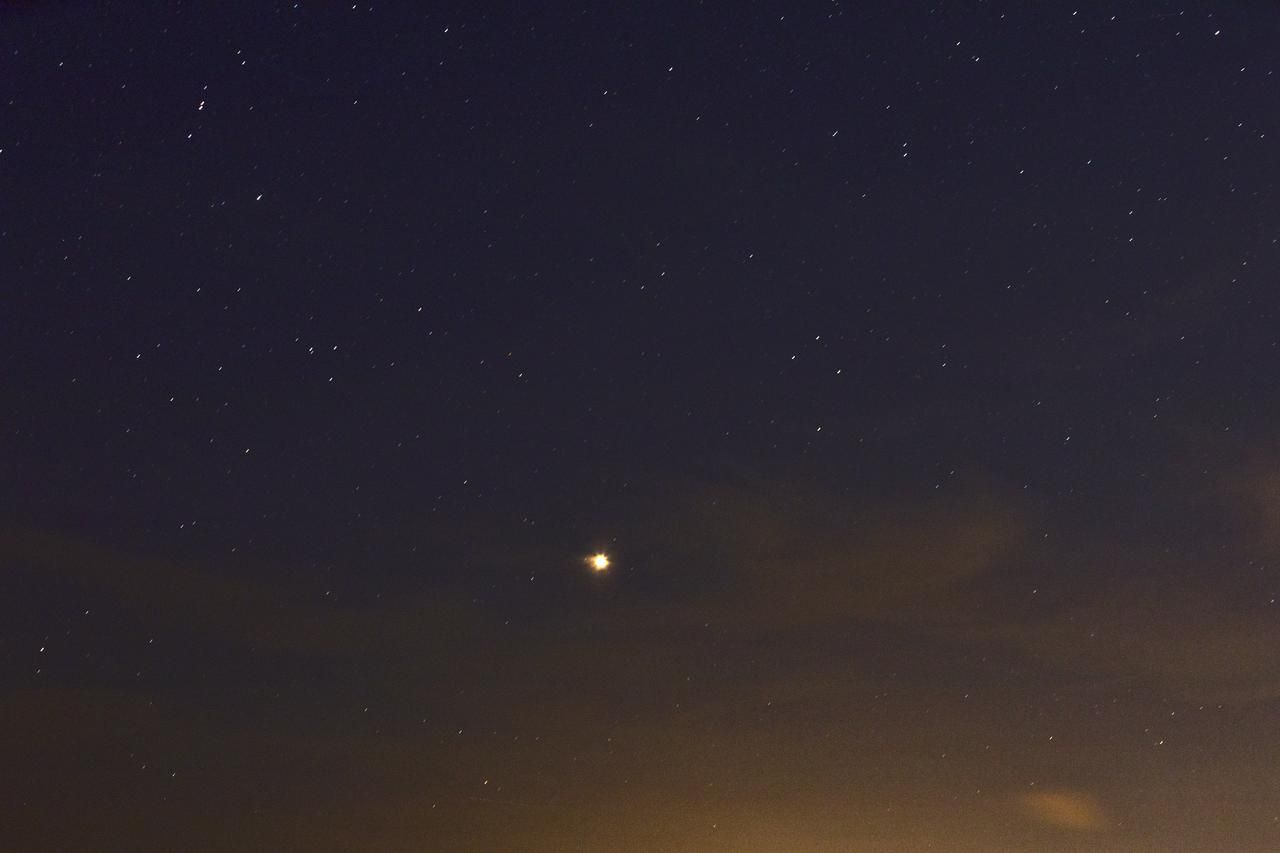
Some people will be checking the night sky this month for Santa's sleigh or some flying reindeer but while they're taking a look they might see something else spectacular.
There are plenty of sights to take in while looking at the sky this December. NASA released its "What's up" for December video that highlights all of the sights to see in the sky this month. Two of them are Earth's neighboring planets that will be hyper-visible, even with the naked eye this month.
As the year comes to an end so does the chance to see Saturn, for a few months at least. The planet will be visible near the moon around the time of sunset. The days to view that will be Saturday to Monday, according to NASA. During December the planet has been working its way closer and closer to the sunset, the reason it won't be visible during the latter half of the month is that it will end up setting around the same time as the sun will.
Viewers should look to the south-west part of the sky to get a glimpse of Saturn in the sky on the days while it's still visible.
After Saturn disappears from view, sky gazers will have the chance to see Earth's neighbor and the home of NASA's new InSight lander, Mars. The Red Planet will be visible near the moon December 13 to 15. This month the planet will reach the highest point in the sky that it reaches, so it will be one of the easier times to spot it in the sky, at least for those in the Northern Hemisphere. It will also be out in the sky until midnight meaning the viewing hours are good, according to EarthSky.org.
Mercury will be visible slightly before sunrise toward the end of the month and on the winter solstice, December 21, it will have its conjunction with Jupiter.
In addition to the visible planets, the Geminid meteor shower is set to peak on December 14, though it was first active on December 4 and will stay active through the 17. The peak is expected to last an entire day making the shower easily visible for people all around the world.
A comet was also expected to pass by Earth on December 16 for all those on the planet to see. It was on track to come within 7.2 million miles of the Earth and it was expected to be easier to see in December.
Uncommon Knowledge
Newsweek is committed to challenging conventional wisdom and finding connections in the search for common ground.
Newsweek is committed to challenging conventional wisdom and finding connections in the search for common ground.
About the writer
Nina was a breaking news reporter. She previously worked at Business Insider, The Boston Globe, and Boston.com.
To read how Newsweek uses AI as a newsroom tool, Click here.








